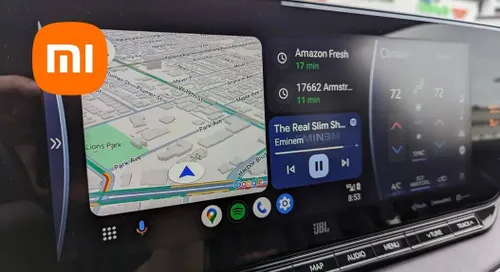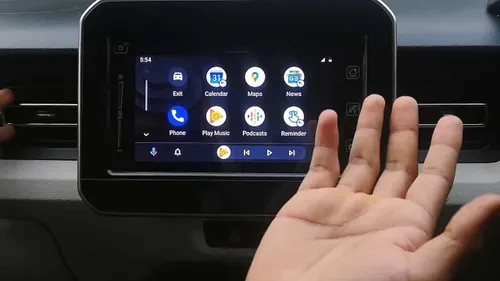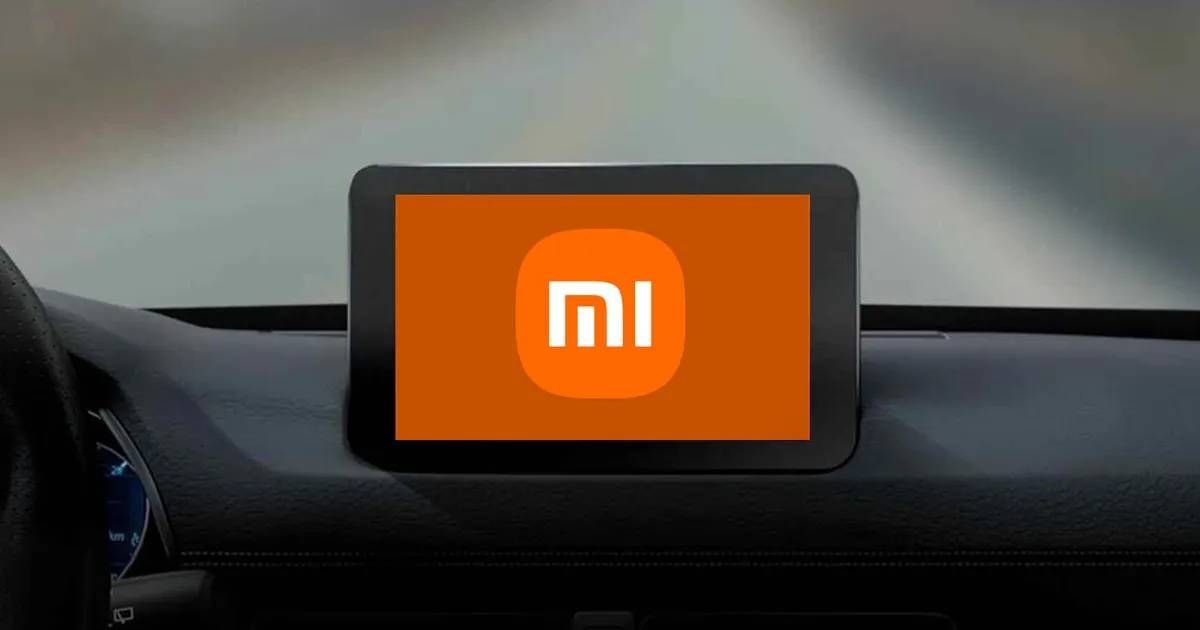Google has quietly drawn a line in the sand for Android Auto users. Beginning August 5, 2025, phones running Android 8.0 Oreo or 8.1 Oreo will no longer get Android Auto updates. That may sound minor, but for many Xiaomi owners still driving with those older devices, it’s a real change — one that reflects where Google’s connected-car strategy is heading next. Key TakeawaysAndroid Auto 15.5 is the final version supporting Android 8 Oreo.
Key TakeawaysAndroid Auto 15.5 is the final version supporting Android 8 Oreo.
19 Xiaomi and Redmi models released between 2016–2018 are affected.
Google’s new standard is Android 9 Pie or higher.
The change supports future AI features like Google’s Gemini assistant.
Xiaomi’s HyperOS 3 platform ensures long-term compatibility going forward.Android Auto Moves On: The New Minimum Is Android 9For years, Android Auto has been one of the easiest ways to bring Google Maps, Assistant, and media into your car’s dashboard. But starting with version 15.5, Android Auto now demands Android 9 or newer. Anything older is cut off.For Xiaomi users, that means 19 phones — mostly from the Mi 5, Mi 6, and early Redmi generations — are effectively retired from the Android Auto ecosystem. Those devices came with Android 7 or 8, built in an era before voice-driven navigation or AI-enhanced driving companions were even a concept.
To be fair, it’s hard to fault Google for moving on. Android 8 launched back in 2017. In tech years, that’s practically a lifetime. But for users who still rely on a well-kept Redmi Note 4 or Mi 6X, it stings.
Why Google Is Dropping Support
This isn’t about punishing older devices. It’s about capability.
Google’s roadmap for Android Auto increasingly leans on AI-assisted navigation, predictive responses, and the upcoming Gemini assistant — all of which require stronger chipsets and tighter security frameworks than Android 8 can provide.
Put simply: Oreo-era phones don’t have the hardware or software structure to handle what’s coming next. Dropping them now lets Google focus its energy on improving Android Auto’s reliability and deeper in-car integrations.
As one could argue, this is less about compatibility and more about preparing Android Auto for the AI-first decade of driving.
 What Xiaomi Users Can Do About It
What Xiaomi Users Can Do About It
If you’re holding one of these affected models, there are still a few routes to keep your car connected:
1. Upgrade to a Newer Xiaomi DeviceThe most future-proof solution is to move up to a Xiaomi model running Android 9 or later. Current flagships like the Xiaomi 17 or POCO F8 ship with HyperOS 3 (based on Android 16), which means years of Android Auto and Gemini compatibility ahead.2. Stay on Android Auto 15.5 for Now
You can keep the last compatible version, but it won’t receive updates or bug fixes. It’ll work — until it doesn’t. Think of it as a short-term bridge, not a permanent fix.
3. Use Bluetooth for Basic Features
If you only need music and calls, Bluetooth pairing still works fine. You’ll lose the app-driven navigation and voice commands, but it’s a reasonable fallback for older setups.
In our opinion, this is a gentle push from Google — not a shove — encouraging users to modernize their tech for safety, performance, and long-term support.
 The Bigger Picture: A Push Toward Smarter CarsXiaomi’s Role in This Transition
The Bigger Picture: A Push Toward Smarter CarsXiaomi’s Role in This Transition
Interestingly, Xiaomi has been preparing for moments like this. With HyperOS, the company’s latest system designed for cross-device integration, Xiaomi is aligning its software more closely with Google’s evolving ecosystem. That should make future phones far more resilient to these compatibility changes.
A Wider Trend Across the IndustryWe’re seeing all major Android manufacturers stretch software support longer. Google and Qualcomm recently promised up to eight years of updates, while Samsung has already committed to seven.
By contrast, Xiaomi still has ground to cover — but it’s catching up quickly.
For buyers in markets like Greece, where smartphones tend to stay in use longer, that shift matters. A device’s update policy is becoming as critical as its battery size or camera specs.
How to Future-Proof Your Next Phone for Android Auto
If you’re shopping for a new phone — or deciding whether to hold onto your current one — keep these points in mind:
Pick a model that guarantees at least five years of software updates.
Check that it runs Android 9 or higher.
Ensure your car’s infotainment system supports the latest Android Auto versions (wired or wireless).
Avoid budget phones that stop receiving updates after a year or two — they’ll age out faster.
In short, don’t just buy a phone for its specs. Buy it for its software lifespan.
Final ThoughtsGoogle’s decision to phase out Android Auto for Android 8 phones might feel harsh, but it’s the natural next step for a platform moving toward AI-powered driving.
Older Xiaomi users will need to adapt — either by upgrading or embracing simpler connectivity — but the shift ultimately points toward a safer, smarter, and more integrated in-car experience.

